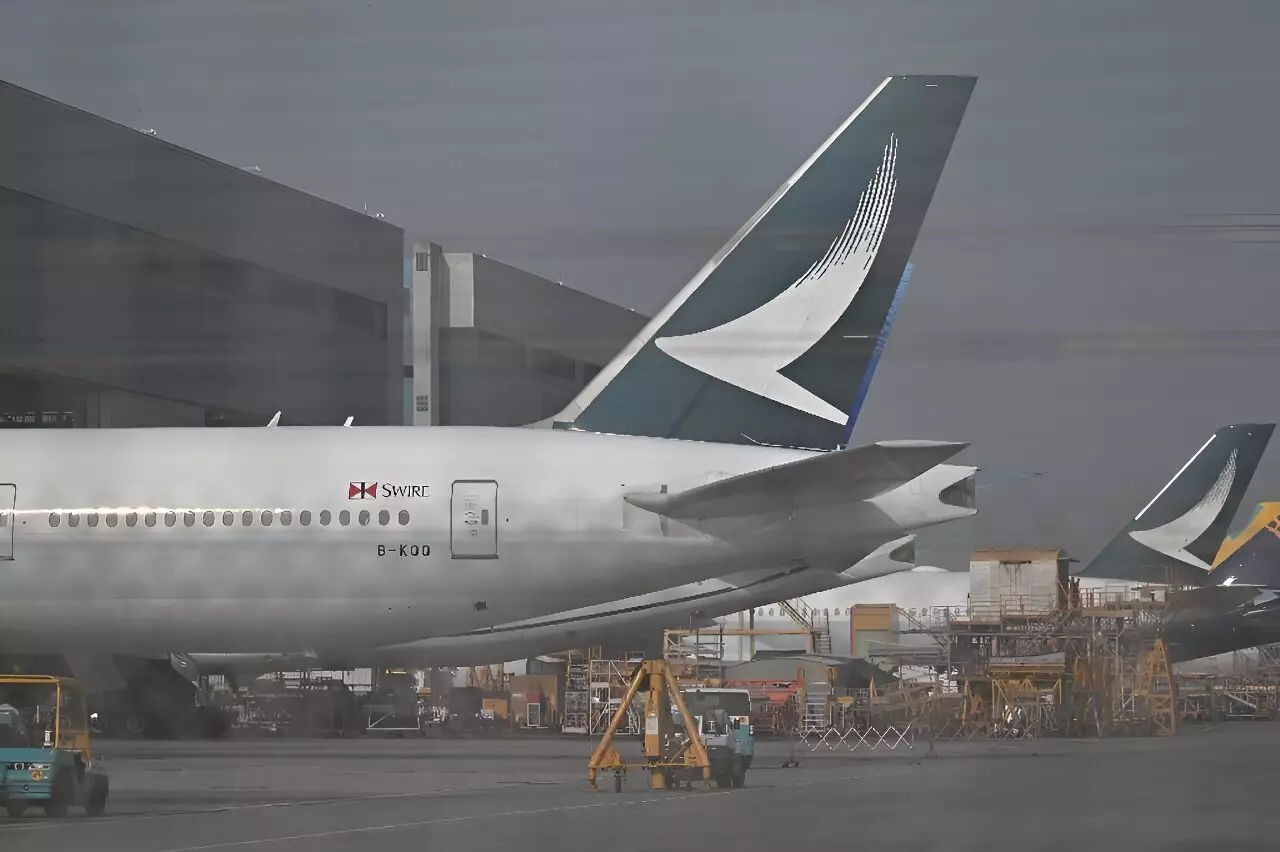Europe’s aviation safety agency has recently announced that they will be requiring inspections of a portion of the Airbus A350 wide-body jets in operation following an engine fire incident on a Cathay Pacific flight. This decision comes after Rolls-Royce, the manufacturer of the engines on Cathay’s A350s, confirmed that they will be conducting a one-time precautionary engine inspection program in close collaboration with the EU agency.
This move was prompted by a Zurich-bound Cathay Pacific flight that had to return to the city shortly after take-off due to an engine failure that led to an in-flight engine fire. The European Union Aviation Safety Agency (EASA) stated that the incident was caused by a high-pressure fuel hose failing. The agency also mentioned that the safety investigation is being led by the Air Accident Investigation Authority of Hong Kong (AAIA).
In response to the engine fire incident, the EASA has mandated inspections for A350-1000 aircraft that are powered by XWB-97 engines. There are currently 86 such planes in service globally, according to the EASA. The inspections are focused on checking for damage to fuel hose connections inside the engines and are required to be carried out within the next 3-30 days. The agency emphasized that this action is a precautionary measure to ensure the safety of the aircraft and passengers.
The safety directive issued by the EASA only applies to European airlines operating the A350-1000 model, while regulators in other countries have the freedom to decide whether or not to enforce the inspection requirements. Following the Cathay incident, other airlines in the region have also initiated similar checks on their A350-900 and A350-1000 models, which are equipped with Rolls-Royce Trent XWB-84 and XWB-97 engines respectively. Airbus and Rolls-Royce have communicated to airlines that only A350-1000s powered by XWB-97 engines are affected by the issue.
The Airbus A350 is one of the largest aircraft in Airbus’s fleet, with the A350-1000 model capable of carrying nearly 500 passengers over long distances. The aircraft has a range of more than 16,000 kilometers and can be extended to nearly 18,000 km with the “Sunrise” version ordered by Australian airline Qantas for direct flights between Sydney and London. With more than 1,300 A350s ordered, Airbus has delivered 613 to airlines as of July.
In response to the safety concerns, airlines such as Cathay Pacific have grounded planes for inspections and maintenance. Cathay has already fixed six out of the 15 airplanes that required fuel line replacements and expects to resume full operations soon. Emirates Airlines CEO Tim Clark had previously expressed concerns about the durability of the Trent XWB-97 engines, leading Rolls-Royce to commit to enhancing their performance.
Following the news of the safety inspections, Airbus shares declined by 1.2 percent, while Rolls-Royce shares fell by 1.4 percent. The overall market sentiment was slightly negative, with the Paris CAC 40 index down by 0.6 percent and London’s FTSE 100 index off by 0.1 percent. Despite the temporary setbacks, the aviation industry remains focused on ensuring the safety and reliability of their aircraft for passengers worldwide.


Leave a Reply